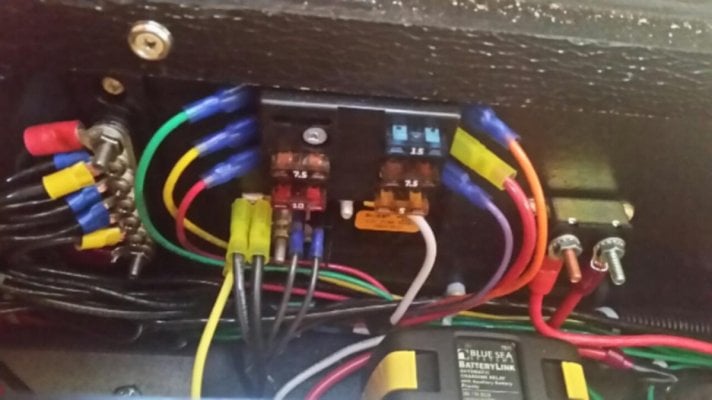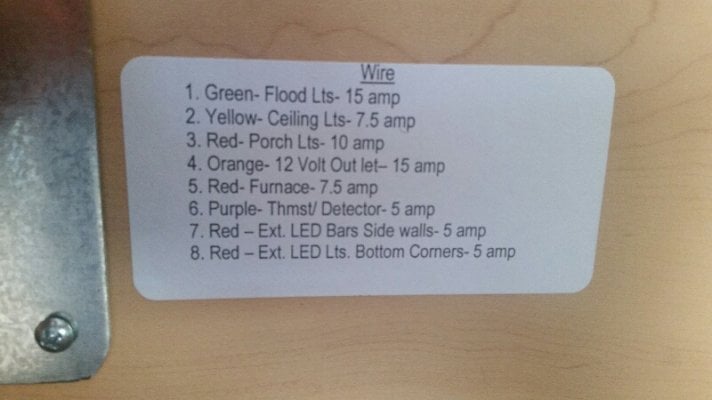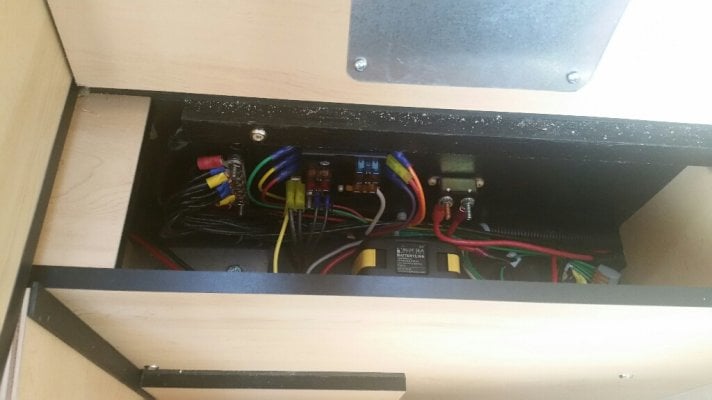I was looking at the FWC Manual:
http://www.fourwh.com/New_2017_Four_Wheel_Popup_Campers_Owners_Manual.pdf
If I were to order a shell, with a 12V battery system, will it come will all the wiring detailed in this manual (page 55)?
Kill switch, fuse panel, shore power plug, IOTA power converter, 120V circuit breaker, etc.?
I know much of this wouldn't be in use on a shell, but my hope is that if the electrical was in place just like a fully loaded version, and I would be able to easily add my own components when I build my own camper. For example - water pump, ARB fridge, etc. Electrical wiring is not my strong suit.
http://www.fourwh.com/New_2017_Four_Wheel_Popup_Campers_Owners_Manual.pdf
If I were to order a shell, with a 12V battery system, will it come will all the wiring detailed in this manual (page 55)?
Kill switch, fuse panel, shore power plug, IOTA power converter, 120V circuit breaker, etc.?
I know much of this wouldn't be in use on a shell, but my hope is that if the electrical was in place just like a fully loaded version, and I would be able to easily add my own components when I build my own camper. For example - water pump, ARB fridge, etc. Electrical wiring is not my strong suit.



